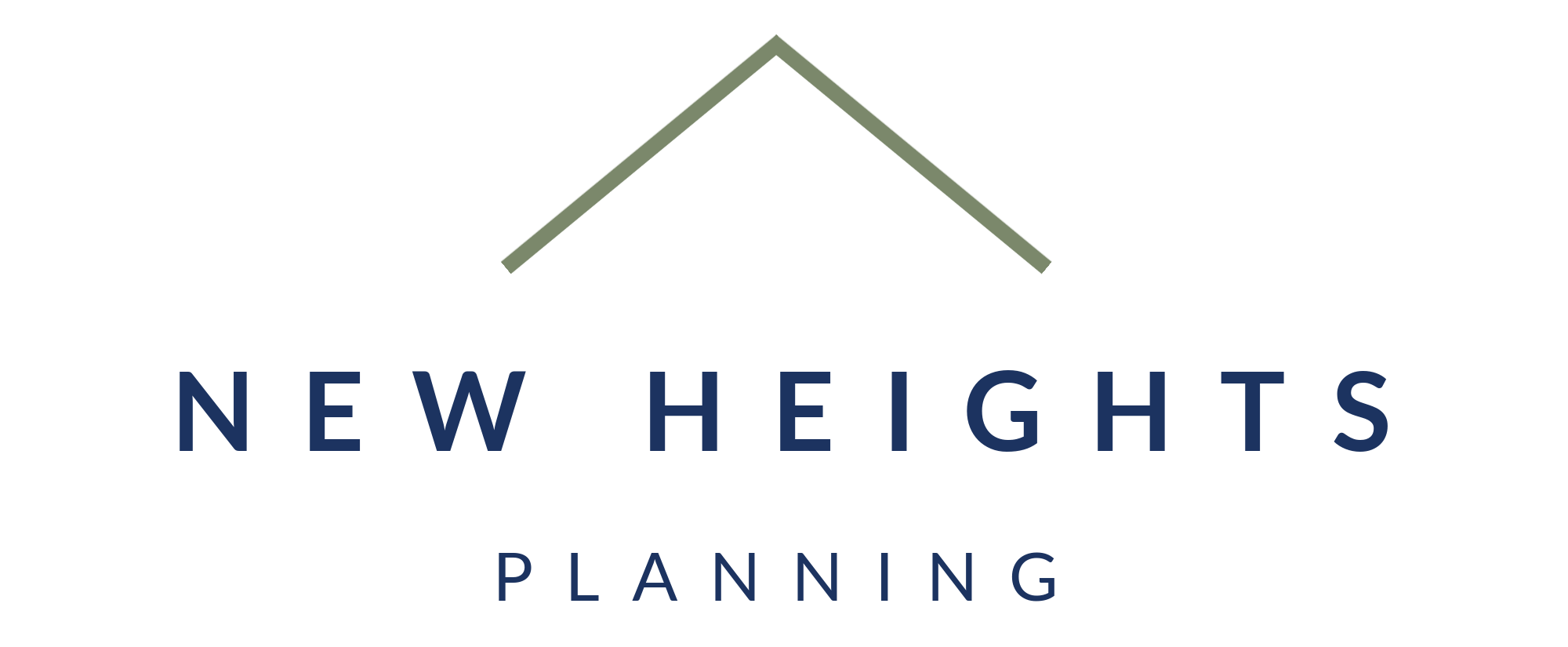Tax buckets – Pre-Tax Investments
Tax Buckets – Pre-Tax Investments
Watch the previous videos here:
Full Transcript:
How do I get more money into my Shell pre-tax 401(k)?
This video is part of a series I’m doing on the retirement income tax buckets. As mentioned earlier, the sooner you start optimizing how much is in each bucket, the more flexibility you’ll have in retirement. Today we’re going to continue talking about the buckets and the top row, which are taxed at your highest tax rate, ordinary income tax. And with this, we’re going to talk about the second one, your pre-tax investment accounts. For most people, this includes your pre-tax 401(k) and any IRAs. Let’s start with your Shell 401(k). Within your Shell 401(k), you can make pre-tax contributions, you can make Roth contributions, and you can make after-tax contributions. Let’s first talk about maximizing your contributions.
The 2024 employee contribution limit for your pre-tax and Roth contributions is $23,000. In addition to this, if you are age 50 or older, you can put another $7,500 into your 401(k), for a total employee contribution of $30,500. Lastly, with this after-tax option, it has a separate contribution limit. That’s one of the advantages of this bucket. With that after-tax option, you can get another $11,500 into your Shell 401(k) in 2024. Now, Shell’s contribution is based on your years of service and is up to 10% of both your base pay and your bonus. Shell’s contribution always goes into the pre-tax bucket. Now, of course, your pre-tax contributions that you do as an employee and advantage of this as you get a tax break today. However, since those go in to your pre-tax investment bucket, you’re paying income taxes when you pull that out in the future. With your Roth contributions, that goes down here in your tax free bucket, but you don’t get a tax break today. You only get that tax-free retirement. So, it’s important to optimize your contributions for your unique situation.
Now, let’s talk about this after-tax option. The after-tax option’s a little funky because it doesn’t neatly fall into one bucket. Gains on the after-tax dollars are taxed at income rates when you pull those out in retirement. So, your gains are up here in this pre-tax bucket, but your contribution, or your basis, since you’ve already paid taxes them, are on this tax free bucket. Now, the most effective way to leverage this after-tax option is with Roth conversions. Now be careful because doing so may trigger a large tax bill. If you have an after-tax balance within your Shell 401(k), I encourage you to review your unique situation with your financial advisor.
Now, next, let’s talk about IRAs. All of my Shell clients have an IRA, but we keep the balance pretty close to zero. Now, we use this IRA. And when there’s money in there, we transfer that money to their Roth IRA, converting it and moving it into this tax,free bucket. Now, for those that have a larger IRA, let’s say they rolled over a previous employer 401(k). For that, we’ll consider rolling that directly into the pre-tax bucket within their Shell 401(k). We do this to enable tax-efficient backdoor Roth IRAs. To learn more about why and how this is important. I encourage you to watch my video on the IRS aggregation rule.
Now, please stay tuned for my next video. I going to talk about contributing to and optimizing the capital gains bucket. Also, please ensure that you can to like these videos on social media and share them with your colleagues.



